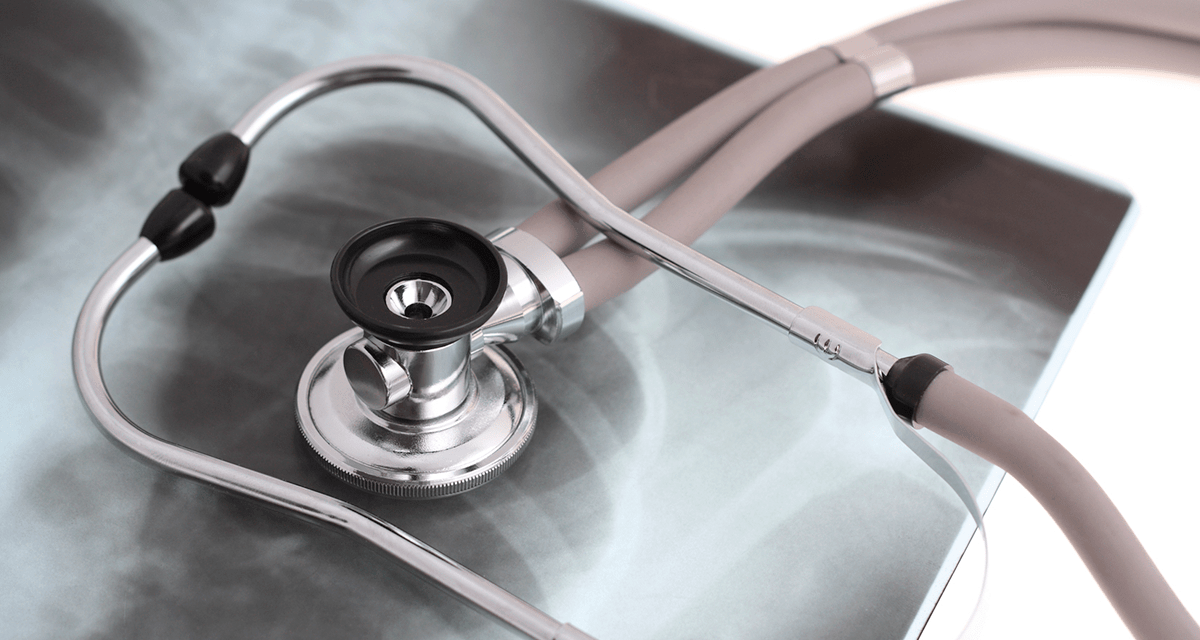An increasing number of children with OSA required treatment with CPAP. This study was done in order to determine whether automatic respiratory indices from a CPAP device accurately predict manually determined respiratory indices derived from overnight PSG in children.
Consecutive children undergoing manual CPAP titration PSG using a ResMed VPAP ST-A (S9) were included. The AHI, AI, and HI from automatic analysis of the CPAP device for that night (AHICPAP, AICPAP, and HICPAP) were compared with manually derived respiratory indices (RDIPSG, OAHIPSG, AIPSG, and HIPSG) using the Wilcoxon matched-pairs signed-ranks test.
46 children were included in the study. There was no difference between RDIPSG and AHICPAP nor between HIPSG and HICPAP. AIPSG was significantly lower than AICPAP. AIPSG and AICPAP were strongly correlated, but the CPAP machine overestimated the number of apneas at higher AIs. OAHIPSG was significantly lower than AHICPAP but strongly correlated. The CPAP device significantly underestimated the number of hypopneas at higher indices. Using the manually scored OAHIPSG of ≥5 events/hr to define significant residual OSA, the AHICPAP had a high specificity but low sensitivity.
The study concluded that ResMed S9 respiratory indices are not accurate enough to guide treatment decisions in children; in particular, they do not rule out the presence of residual OSA in children that remain symptomatic on CPAP. A low AHICPAP is reassuring in the context of a stable patient but may miss ongoing hypopneas.
Reference: https://jcsm.aasm.org/doi/10.5664/jcsm.8618


